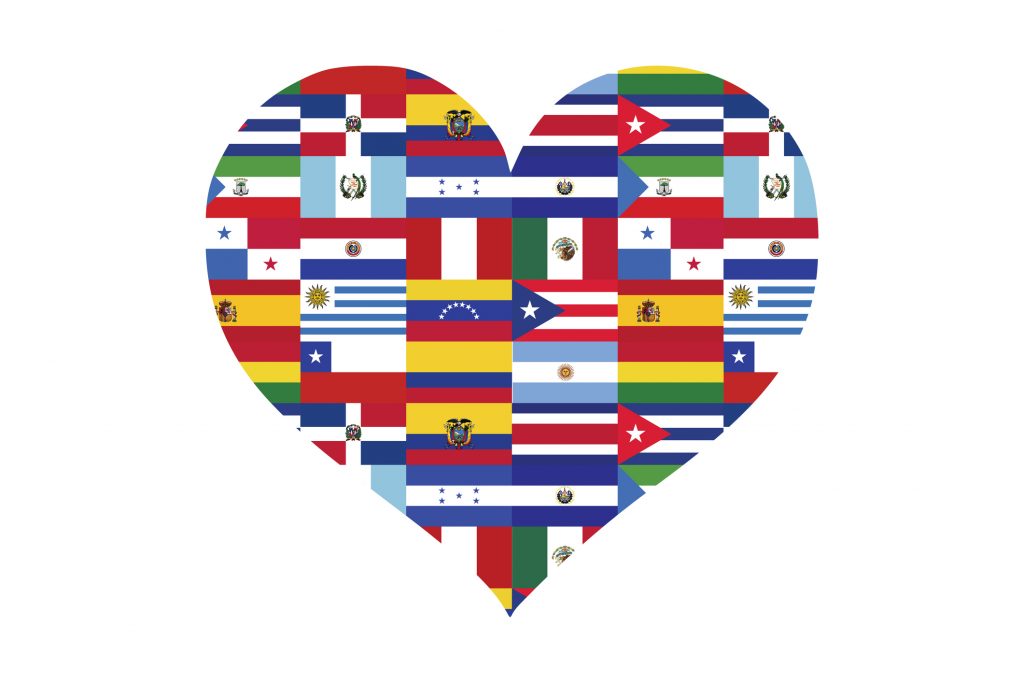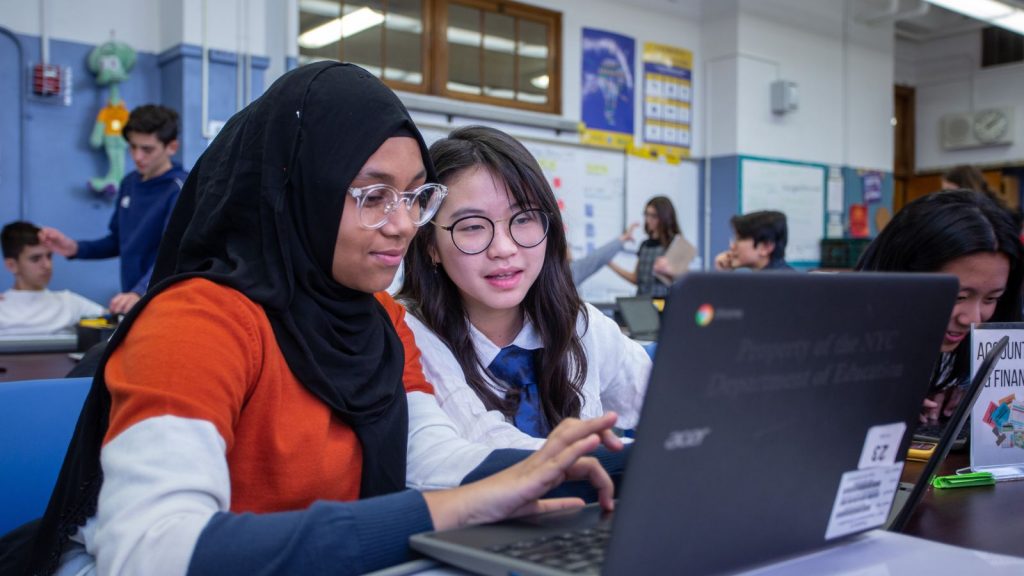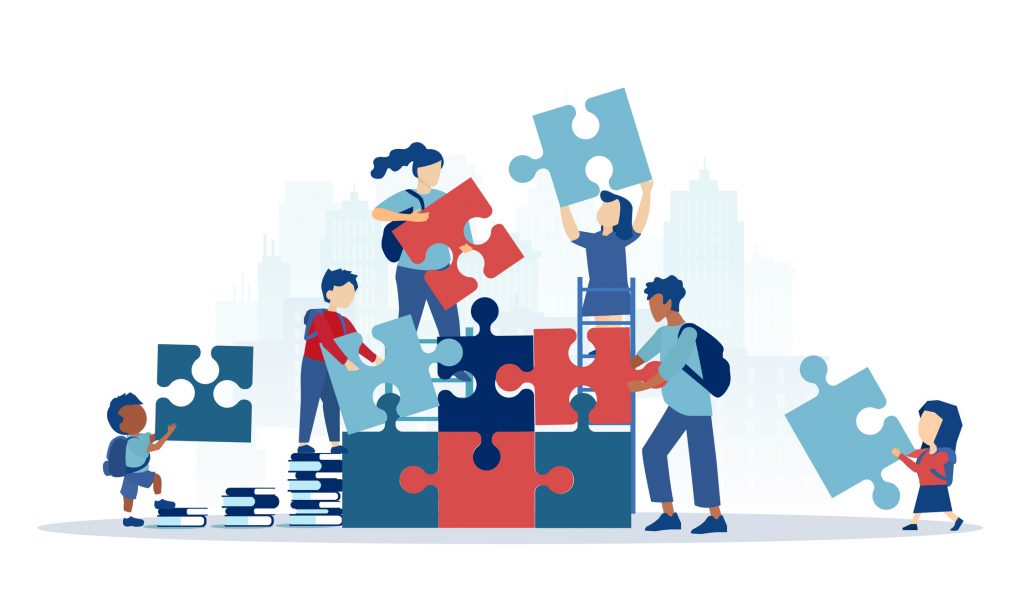
Did you know the Hispanic or Latino population was the second-largest racial or ethnic group, comprising 18.7% of the total U.S. population? Or that roughly 13% of all people five years old and over in the U.S. spoke Spanish in 2021? The 2020 Census revealed that the U.S. population had become much more racially and





1